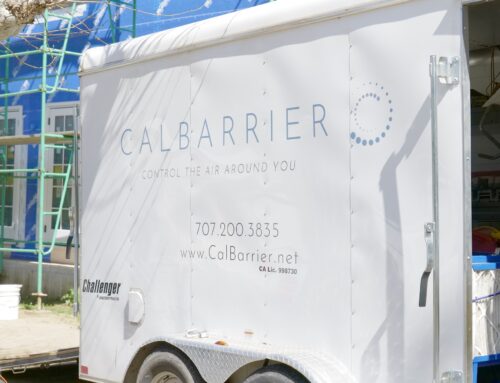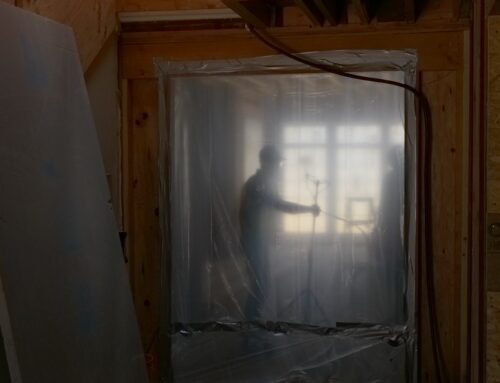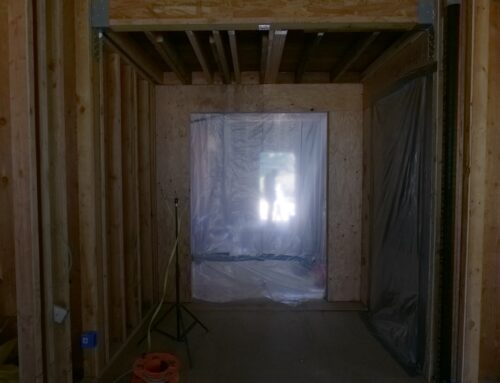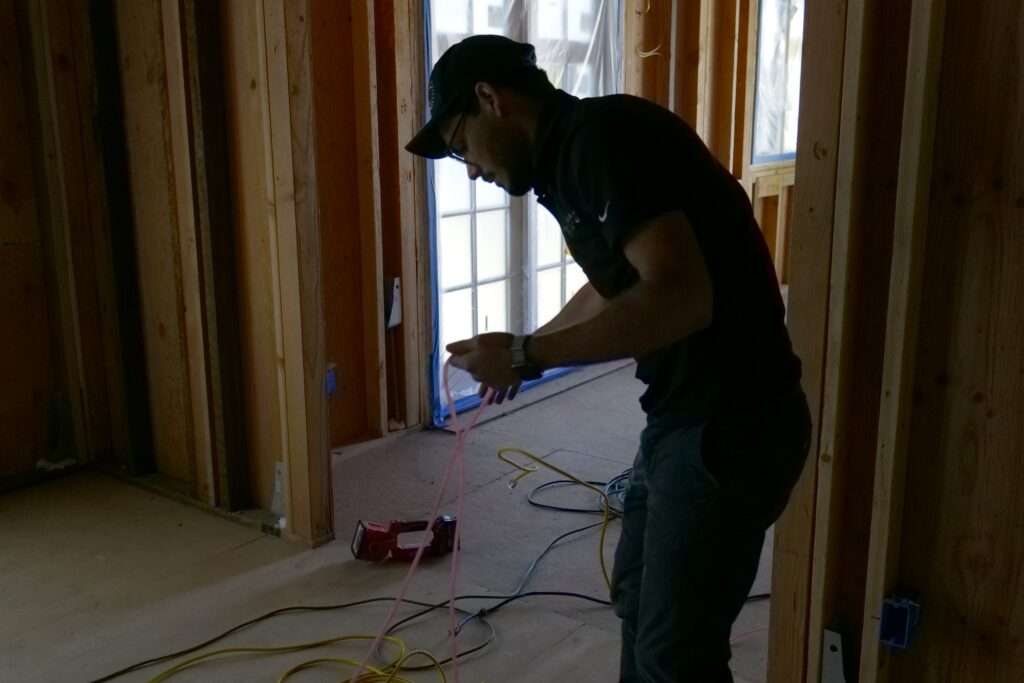
When it comes to ensuring a home is as energy-efficient and comfortable as possible, sealing air leaks is paramount. Two popular methods for achieving a well-sealed home include using airtight drywall approach (ADA) and Aeroseal, a home air sealant technology. While both techniques aim to minimize air leakage, they differ significantly in application, effectiveness, and overall benefits. Here’s a detailed look at why Aeroseal often comes out as the superior choice over ADA, especially in retrofitting situations or complex layouts.
Understanding Airtight Drywall and Aeroseal
Airtight Drywall Approach (ADA): ADA is a manual sealing method where drywall is installed in such a way to tightly seal the building envelope from air leaks. This method involves meticulous planning and execution, using gaskets, sealants, and tapes to create an airtight barrier. It’s most effective during new construction or major renovations.
Aeroseal: Aeroseal is a patented technology that seals leaks from the inside of building envelopes. It uses a synthetic polymer sprayed as an aerosol which travels to the leaks and physically seals them. This method is highly effective for both new construction and existing structures, particularly because it can access areas that are typically challenging to reach.
Why Choose Aeroseal Over Airtight Drywall?
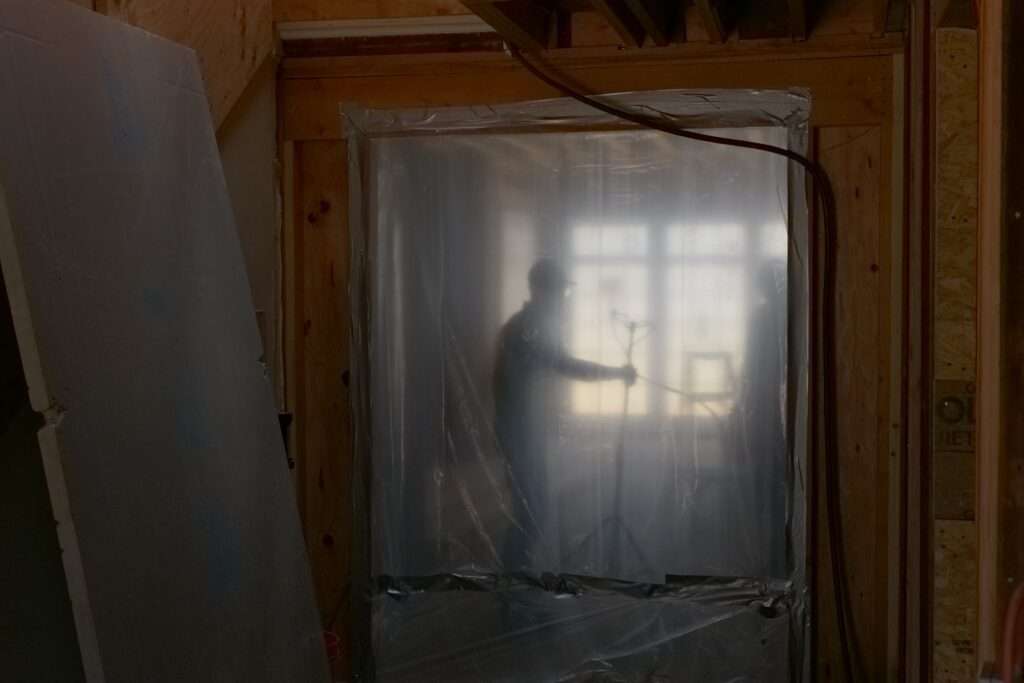 1. Effectiveness in Sealing Leaks
1. Effectiveness in Sealing Leaks
- Aeroseal: Seals up to 90% of leaks, including those hidden in walls or hard-to-reach spaces, and is verifiable through pre and post-seal tests.
- ADA: Effectiveness largely depends on the installer’s skill and can vary. Complete sealing is challenging to verify without destructive testing.
2. Ease of Installation
- Aeroseal: Does not require extensive manual labor. The sealing is performed through a one-time process involving aerosolized particles. It’s fast, typically taking only a few hours, and does not disrupt home aesthetics.
- ADA: Requires precise craftsmanship and is labor-intensive. It involves physically accessing all potential leak points, which can be disruptive and time-consuming, especially in finished areas.
3. Cost Efficiency
- Aeroseal: Although the upfront cost may seem higher, the overall expense is often lower when factoring in the reduced labor costs and minimal invasive procedures needed. The effectiveness of the seal can also lead to significant long-term savings on energy bills.
- ADA: Can be less expensive in materials but more costly in terms of labor. The total cost can increase significantly if accessibility issues arise during installation.
4. Versatility and Adaptability
- Aeroseal: Equally suitable for new construction and existing buildings. It can be used in any building without needing major renovations.
- ADA: Generally preferred in new constructions or during substantial renovations since it requires open wall cavities.
5. Longevity and Maintenance
- Aeroseal: Once applied, Aeroseal is durable and lasts for at least 50 years, as guaranteed by the manufacturer, with little to no need for additional touch-ups.
- ADA: Requires ongoing maintenance to ensure no new gaps form, especially as the building settles and materials age.
6. Energy Efficiency
- Aeroseal: Improves HVAC system efficiency by optimally sealing the home, which significantly reduces energy consumption.
- ADA: While it helps create an energy-efficient envelope, its performance is highly dependent on continuous maintenance and perfect installation.
7. Health and Air Quality
- Aeroseal: By sealing the home from the inside, it significantly reduces the infiltration of pollutants and allergens, improving indoor air quality.
- ADA: While it prevents some degree of pollutant entry, its effectiveness can diminish over time unless perfectly maintained.
Conclusion: Making the Right Choice
For homeowners and contractors looking for an efficient, reliable, and less labor-intensive method to seal a home, Aeroseal Envelope offers distinct advantages over the airtight drywall approach. Its ability to dramatically reduce air leakage, coupled with its ease of application and long-term durability, makes it a wise choice for both new builds and existing homes. While ADA has its merits, particularly in new construction planned around tight sealing techniques, Aeroseal’s versatility and effectiveness in enhancing indoor air quality and energy efficiency make it the superior option in most scenarios.
Whether you are retrofitting an older home or building a new one, considering Aeroseal Envelope could save you time, money, and future headaches, all while providing a comfortable, energy-efficient living environment. Ready to consult with a professional to understand the best options for your specific needs? Give us a call or fill out the form below. Not convinced on the benefits of home air sealing yet? Check out this article on the myth of a home being too airtight. or read more about home air sealing.

